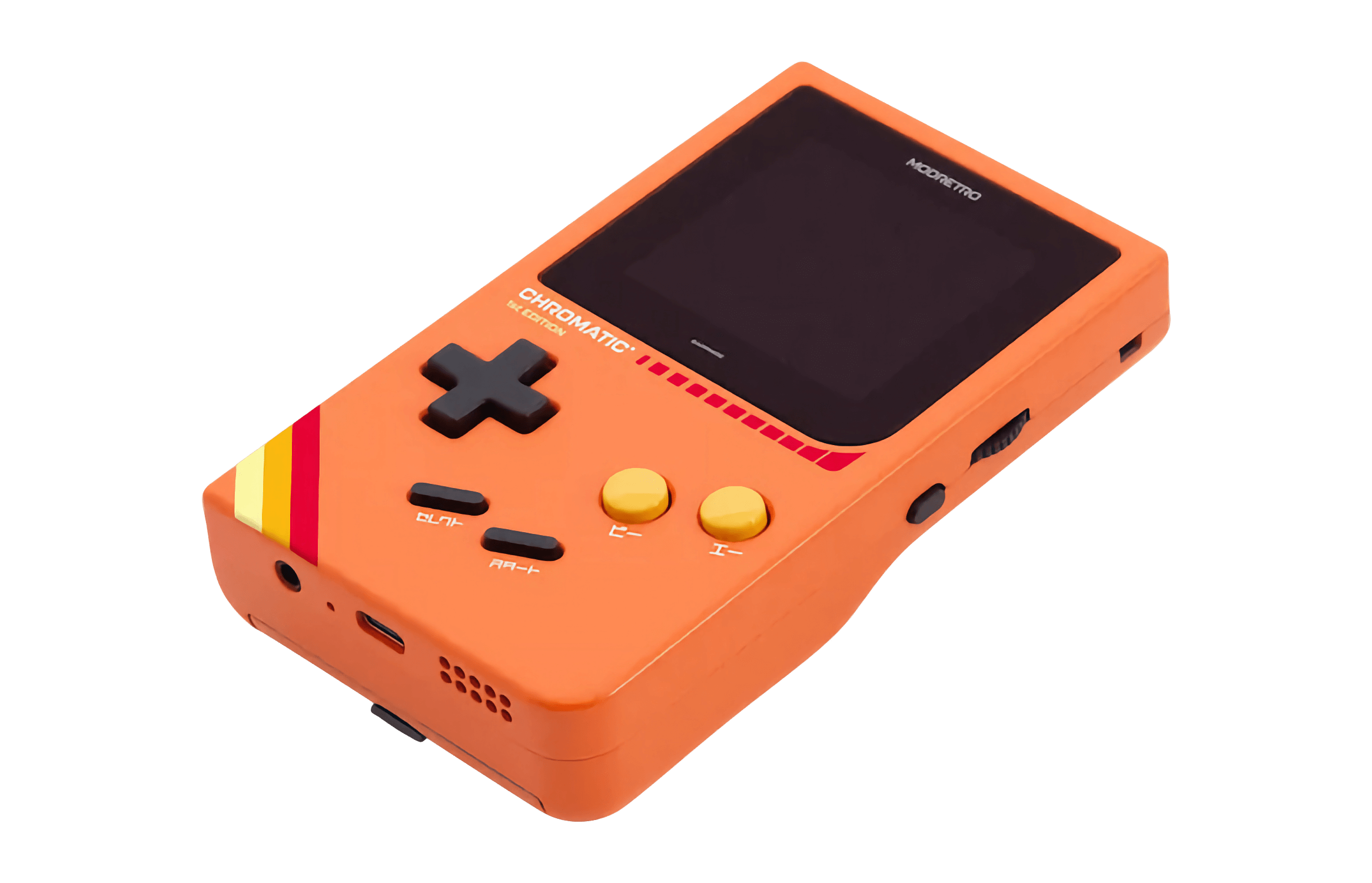Something to look forward to: A race between FPGA-based retro handhelds is looming. The Analogue Pocket has been the standard for years, but former Oculus designer Palmer Lucky plans to release a similar device later this year to commemorate the original Game Boy. Meanwhile, hardware modder Taki Udon is currently developing options that could lower the barrier to entry for the emerging FPGA emulation market.
Oculus and ModRetro founder Palmer Luckey recently unveiled the Chromatic, a retro-style handheld designed to play Game Boy games more accurately than any other competitor. Pre-orders are open now for the device, which ships this holiday season for $199.
At first glanse, the Chromatic seems similar to the Analogue Pocket. Both are around $200 and use FPGA-based hardware emulation. These devices are far more accurate than conventional software emulators, introduce less input lag, and use much less energy.
However, design goals are where the two gadgets differ. The Analogue aims for a general-purpose product supporting multiple platforms with enhanced functionality, while the Chromatic strives to present Game Boy games as they were upon release.
One of the most significant differences between the two is display technology. The Analogue Pocket's 1600 x 1440 LCD screen enables a perfect 10x integer scale from the original Game Boy's resolution with an extreme 615ppi, giving users enough extra pixels to customize how games appear. Conversely, ModRetro's handheld maintains Nintendo's original 160x144 resolution on a screen designed to ensure faithful Game Boy visuals. The Chronatic's display is backlit at 1,000 nits for better visibility in sunlight.
The handheld doesn't support Game Boy Advance titles or adaptors for non-Nintendo handheld games like Analogue's machine. However, ModRetro offers original games designed specifically for the Chromatic that are available on physical cartridges, including a re-release of Tetris bundled with the device. Luckey plans to mark the occasion by introducing the Chromatic alongside Tetris designer Alexei Pajitnov and Henk Rogers during the Social Gaming Expo on June 7. ModRetro has also previewed multiple other new titles.

Other special touches include a magnesium alloy shell, PBT buttons, and compatibility with original Game Boy link cables. The Chromatic uses three AA batteries but also supports a lithium-ion battery pack. Both are rechargeable through a USB-C port, which also supports lag-free video output out of the box. By comparison, the Analogue Pocket requires an extra dock for TV connectivity.
The bad news is that, like the Analogue Pocket, the Chromatic will likely have very limited availability. The good news is more FPGA game consoles are on their way.

Tinkerer Taki Udon hopes to introduce a cheaper option tentatively called the MiSTer handheld, named after the customizable FPGA "MiSTer" boards that have recently gained popularity. The handheld will feature an AMOLED screen and cost no more than $150.
Udon's device is still in development, but his plans include a TV dock and a screen resolution high enough for a 3x integer scale from the original Game Boy. The portable system is one part of an effort to eventually offer FPGA boards for $99, significantly less than the models currently available.
On the other side of the cost spectrum, another team of modders plans to release the Mars FGPA console for around $700 sometime this year. The high-end machine will play games from numerous retro consoles and arcade boards. Its wide array of video outputs will support everything from old CRTs to 4K upscaling.